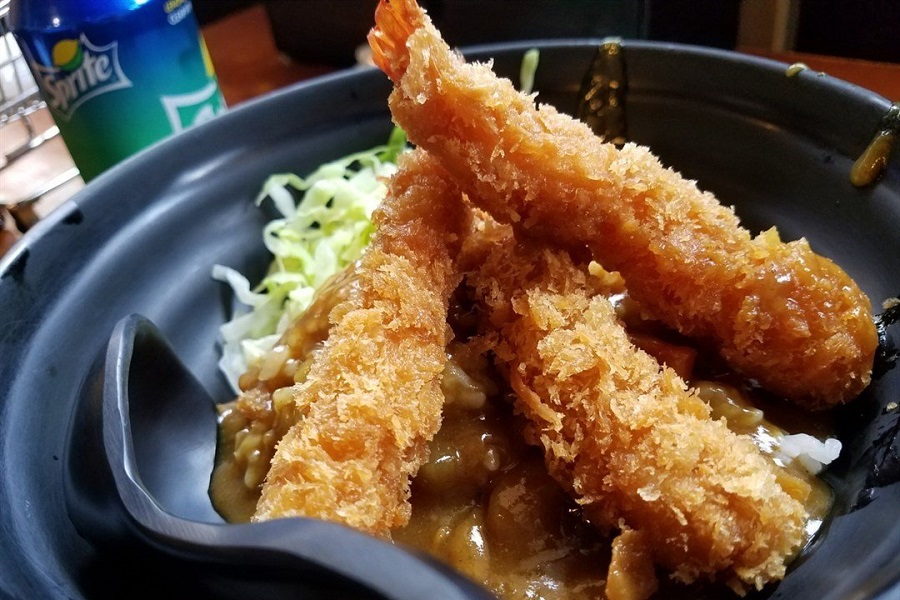In the pursuit of a slimmer waistline and improved health, many individuals are eager to discover the dietary secrets that can help them shed stubborn belly fat. While there is no one-size-fits-all solution to belly fat loss, making smart choices about what to eat—and what to avoid—can play a crucial role in achieving your goals.
In this comprehensive guide, we’ll explore the foods that you should steer clear of if you’re aiming to lose belly fat and provide practical insights to help you make informed decisions about your nutrition and lifestyle.
Understanding Belly Fat
Before we delve into the specific foods to avoid for belly fat loss, it’s essential to understand the role that diet plays in shaping body composition, particularly around the midsection. Belly fat, also known as visceral fat, is the type of fat that accumulates around the abdominal organs and has been linked to various health problems, including type 2 diabetes, heart disease, and metabolic syndrome.
Reducing belly fat requires a multifaceted approach that involves creating a calorie deficit through diet and exercise, making healthier food choices, and adopting sustainable lifestyle habits. While exercise is crucial for overall health and weight management, diet plays an equally important—if not more significant—role in determining body composition and fat distribution.
Top Foods to Avoid for Belly Fat Loss
When it comes to losing belly fat, the following foods are best avoided or consumed in moderation:
1. Sugary Beverages:
Sugar-sweetened beverages such as soda, fruit juice, energy drinks, and sweetened teas are loaded with empty calories and can contribute to weight gain, particularly around the midsection. These beverages provide little to no nutritional value and can lead to spikes in blood sugar levels, insulin resistance, and increased fat storage in the abdominal area.
2. Processed Foods:
Processed foods, including packaged snacks, frozen meals, fast food, and prepackaged convenience foods, are often high in unhealthy fats, refined carbohydrates, added sugars, and artificial ingredients. These foods are typically low in nutrients and fiber and can contribute to weight gain and belly fat accumulation when consumed regularly.
3. Refined Carbohydrates:
Refined carbohydrates such as white bread, white rice, pasta, pastries, and sugary cereals have been stripped of their fiber and nutrients during processing, leading to rapid spikes in blood sugar levels and insulin secretion. These foods can promote fat storage, especially in the abdominal area, and contribute to insulin resistance and metabolic dysfunction over time.
4. Trans Fats:
Trans fats, also known as partially hydrogenated oils, are artificial fats commonly found in processed and fried foods, baked goods, margarine, and certain spreads. Consuming trans fats has been associated with an increased risk of heart disease, inflammation, and weight gain, including excess belly fat. Opt for healthier fats such as monounsaturated and polyunsaturated fats found in nuts, seeds, avocados, and fatty fish.
5. Highly Processed Snacks:
Packaged snacks such as chips, crackers, cookies, and candy are often high in unhealthy fats, refined carbohydrates, added sugars, and sodium. These snacks are typically calorie-dense and nutrient-poor, providing little satiety or nutritional value. Replace processed snacks with healthier alternatives such as fresh fruit, vegetables, nuts, seeds, and whole-grain crackers.
6. Alcohol:
While moderate alcohol consumption may have some health benefits, excessive alcohol intake can contribute to weight gain and abdominal fat accumulation. Alcoholic beverages are high in empty calories and can impair metabolism, disrupt sleep patterns, and increase appetite, leading to overeating and weight gain, especially around the midsection.
Practical Tips for Belly Fat Loss
In addition to avoiding the aforementioned foods, incorporating the following strategies into your lifestyle can support your efforts to lose belly fat:
1. Focus on Whole Foods:
Base your diet around whole, minimally processed foods such as fruits, vegetables, lean proteins, whole grains, legumes, nuts, seeds, and healthy fats. These foods are nutrient-dense, fiber-rich, and satiating, making them ideal choices for supporting weight loss and overall health.
2. Practice Portion Control:
Be mindful of portion sizes and avoid mindless eating or overindulgence. Pay attention to hunger and fullness cues, and aim to eat slowly and mindfully to prevent overeating.
3. Stay Hydrated:
Drink plenty of water throughout the day to stay hydrated and support optimal metabolism and digestion. Limit your intake of sugary beverages, caffeinated drinks, and alcohol, which can contribute to dehydration and weight gain.
4. Prioritize Protein:
Include lean protein sources such as poultry, fish, tofu, tempeh, legumes, and dairy products in your meals and snacks. Protein is essential for muscle repair and growth, satiety, and metabolic health, making it an important component of a belly fat loss diet.
5. Incorporate Fiber:
Choose high-fiber foods such as fruits, vegetables, whole grains, legumes, nuts, and seeds to increase feelings of fullness, regulate blood sugar levels, and support digestive health. Aim for at least 25-30 grams of fiber per day to promote weight loss and reduce belly fat.
Conclusion
In conclusion, making smart choices about what not to eat is an essential component of any successful belly fat loss strategy. By avoiding sugary beverages, processed foods, refined carbohydrates, trans fats, highly processed snacks, and excessive alcohol consumption, you can create a healthier eating pattern that supports weight loss and overall well-being.
Remember that achieving meaningful reductions in belly fat takes time, patience, and consistency. Focus on making sustainable lifestyle changes, such as adopting a balanced diet, staying active, managing stress, getting adequate sleep, and prioritizing self-care. With dedication, determination, and a commitment to healthy habits, you can navigate your journey to a slimmer waistline and improved health with confidence and success.
Related Topics:
Fueling Your Fitness: What to Eat After an Early Morning Workout
Unlocking the Secrets of Sanya Malhotra’s Fitness Regimen: A Glimpse into her Diet and Workout Routine
Cancer Prevention Strategies: Expert Insights on Diet and Exercise for a Healthier Lifestyle


